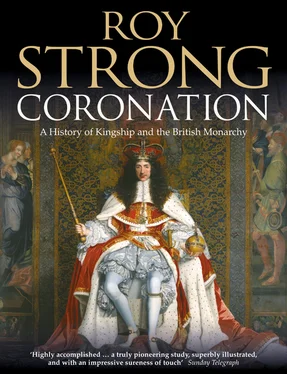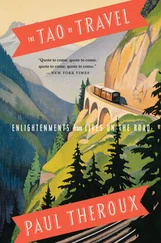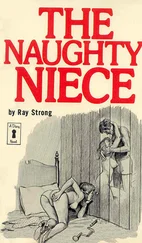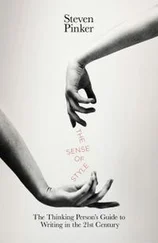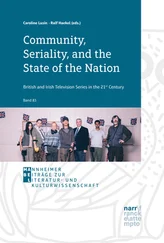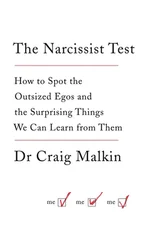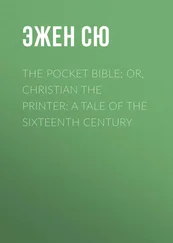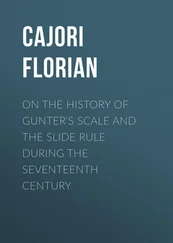If it were not for the necessity of securing the mysterious powers bestowed by unction and the Tudor succession, the secular ceremony might well have grown in importance. Edward IV’s delay in being crowned is an indication that, if other affairs were more pressing, that could wait. What this does capture is the centrality of London, which throughout the period of the Wars of the Roses was to remain economically prosperous and which could literally make or break kings. Those who seized the crown needed the wealth, power and influence of the great City merchants to survive. In order to meet these new challenges it is hardly surprising to find the role of London in the Coronation dramatically magnified. 32
Richard II’s Coronation was the first to respond in any very substantial way to this shift in the balance of political power, for on that occasion the vigil procession was invented. This established a sequence of events which was to remain immutable until 1661, the last occasion when there was a state entry into London. That sequence involved the Lord Mayor and Aldermen together with representatives of the great craft companies meeting the new ruler outside the City and conducting him to the Tower. On the morrow they would return to take their places in a great procession on horseback through the City to the Palace of Westminster. First in 1377, and then intermittently, that entry was to be elaborated by the introduction of symbolic pageantry. The involvement of the City on such a scale was an innovation of the first magnitude, fully recognising its crucial importance to the crown. The emergence of pageantry occurred virtually simultaneously on both sides of the Channel, reflecting the dilemma of both monarchies as they tried to free themselves from the juridical restraints which had been imposed on them by institutions and customs earlier in the Middle Ages. The result was an explosion of spectacle and display which was to be repeated in the twentieth century. On both occasions they were profound acknowledgements of where in society the monarchy now had to look for its support.
That change began in 1377 when the boy king was welcomed into what was billed as camera vestra, your chamber. The sudden and innovative appearance of pageantry is likely to have been triggered by the real fears that attended the accession of a child of ten and the need to build him up in the eyes of the populace. It was equally an act of reconciliation by the City with the king’s uncle, John of Gaunt. On 15 July, at some time after 9 a.m., the magnates together with the Lord Mayor and Aldermen went to the Tower. They were all attired in white, the colour of innocency, in tribute to the ten-year-old boy king who was also clothed in the same colour. A great procession was then formed, led by men of Bayeux, in which also took part the citizens of London representing the different wards, some of them making music, the Lord Mayor and Aldermen, with the king himself surrounded by the great magnates. Ahead of him rode John of Gaunt and the earls of Cambridge and Hertford and, immediately before them, Simon Burley, the young king’s guardian, who carried the Sword of State. The king himself rode bareheaded as if to emphasise that his Coronation had yet to come and that this exhibition of him to the populace was a public version of the recognitio in the Abbey.
The procession made its way through Cheapside and along Fleet Street and, via the Strand, to Westminster Hall. En route the great conduits were made to run with red and white wine. At the one in Cheapside there stood a castle with four towers, on each turret of which there was a virgin of the king’s age who blew golden leaves on to him and offered him a cup of wine from the conduit. In the centre of the castle there was a spire, on the summit of which floated an angel who descended and offered the king a crown of gold. On reaching Westminster Hall there was enacted what was known as a voidee. The king went up to the marble table and requested wine, after which all drank and retired. 33
We already know some of the underlying reasons for such an innovation, but what in the case of the young Richard did it signify? The key figure in the 1377 Coronation was the king’s uncle, John of Gaunt, who presided over the Court of Claims. The accession, in fact, occurred at a period when there was trouble both at home and abroad. The government itself was split between the great magnates, hereditary custodians of power, and the new men, like Simon Burley, who increasingly began to figure in the administration. The whole Coronation was stage-managed to present a public face of unity in which various contending parties were equally balanced in the ceremonial roles assigned to them. But the most arresting feature of 1377 was the castle with its maidens and crown-bestowing angel. Pageantry of this kind was a late-fourteenth-century phenomenon; the rapid development of the entrance of a ruler into his capital city was a major occasion for symbolic theatre on the grand scale. 34 England led the way in this development in an era which saw the emergence of the miracle play. It followed shortly after in France, but with a crucial difference. There the solemn entry into Paris occurred after and not before the sacre at Reims. 35 In England the processional entry preceded the Coronation. This meant that the ruler was not yet king in the fullest sense of the word. So the London reception becomes that of a ruler-to-be, one who can be appealed to, and instructed through the language of pageantry in the art of monarchy as cast by the citizens of London.
What was this castle? It was a materialisation in paint and canvas of the Heavenly Jerusalem brought down to earth, a realisation of the text of the Apocalypse (Revelation 21: 2–3); ‘And I saw the holy city, the new Jerusalem, coming down from God out of heaven, prepared as a bride adorned for her husband.’ The Heavenly City is ‘like unto a stone most precious, even like a jasper stone, clear as crystal’ (21: 11). These castles, which were to become a recurring feature of London royal entries, were indeed painted jasper green. But why was such a feature thought apposite to greet a royal personage? The medieval entry has liturgical roots. 36 In the Rituale Romanum, amidst prayers concerning the Office of the Dying, are also ones concerned with the soul’s arrival in paradise. This arrival is described as an entrée joyeuse with the heavenly host gathered to receive the soul into the celestial Jerusalem. The medieval reception of a ruler was modelled on this, combined with Christ’s entry into Jerusalem on Palm Sunday. So, when the King of England entered London, the City took on the guise of the New Jerusalem with the ruler as the Anointed One. Any pre-Reformation London royal entry was not only a secular but also an ecclesiastical event. Along the route from time to time there would be gatherings of clergy arrayed in rich copes, bearing crosses and candles, who would cense the king as he passed. So the royal entry was a combination of a re-enactment of Palm Sunday, with its cries of Benedictus qui venit, with the apocalyptic vision of the end of things, Christ’s Second Coming back to earth as envisioned in the Book of Revelation. Already by 1236 the City had adorned its streets for a royal welcome on the occasion of Henry III’s marriage to Eleanor of Provence and her Coronation:
The whole city was ornamented with flags and banners, chaplets and hangings, candles and lamps, and wonderful devices and extraordinary representations … The citizens, too, went out to meet the king and queen, dressed out in their ornaments … On the same day, when they left the city for Westminster, to perform the duty of butler to the king (which office belonged to them by right of old, at the Coronation), they proceeded thither dressed in silk garments, with mantles worked in gold, and with costly changes of raiment, mounted on valuable horses, glittering with new bits and saddles, and riding in troops arranged in order. They carried with them three hundred and sixty gold and silver cups, preceded by the king’s trumpeters and with horns sounding, so that such a wonderful novelty struck all who beheld it with astonishment. 37
Читать дальше
